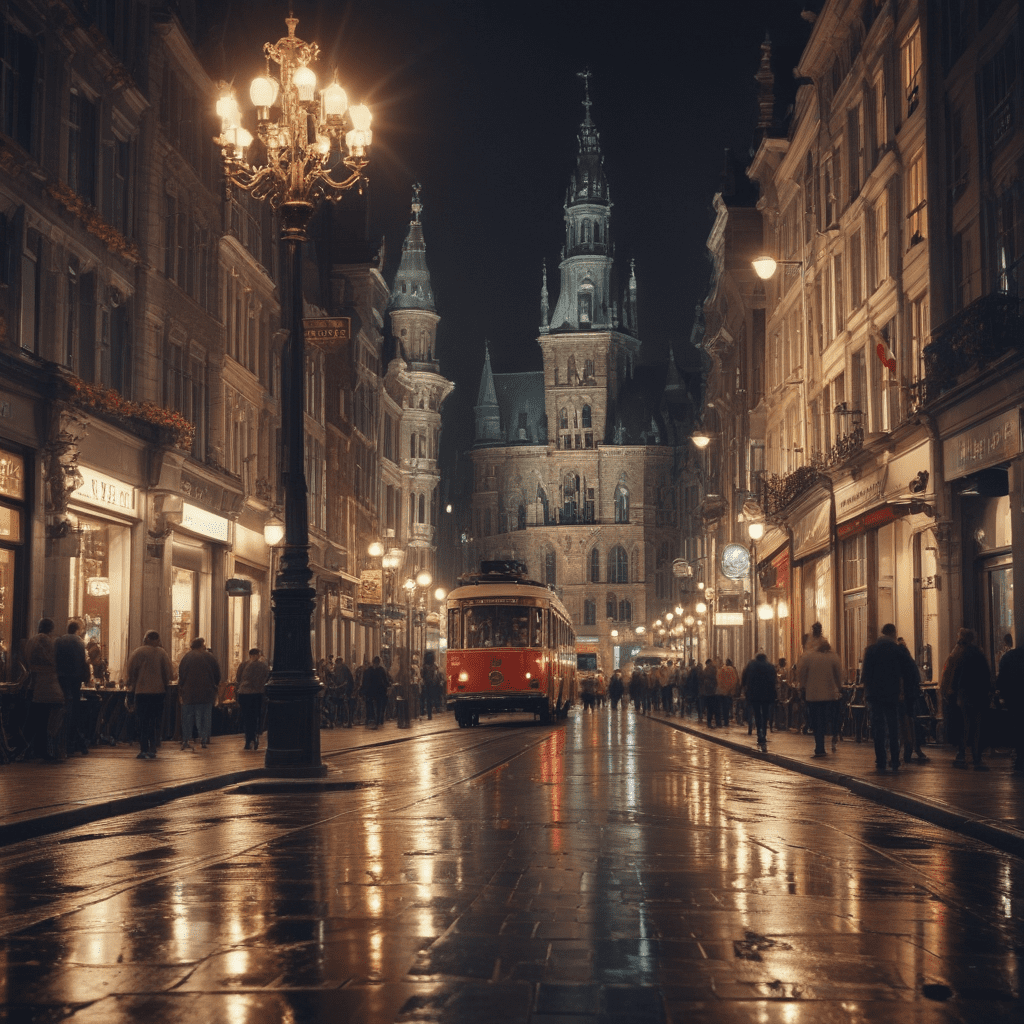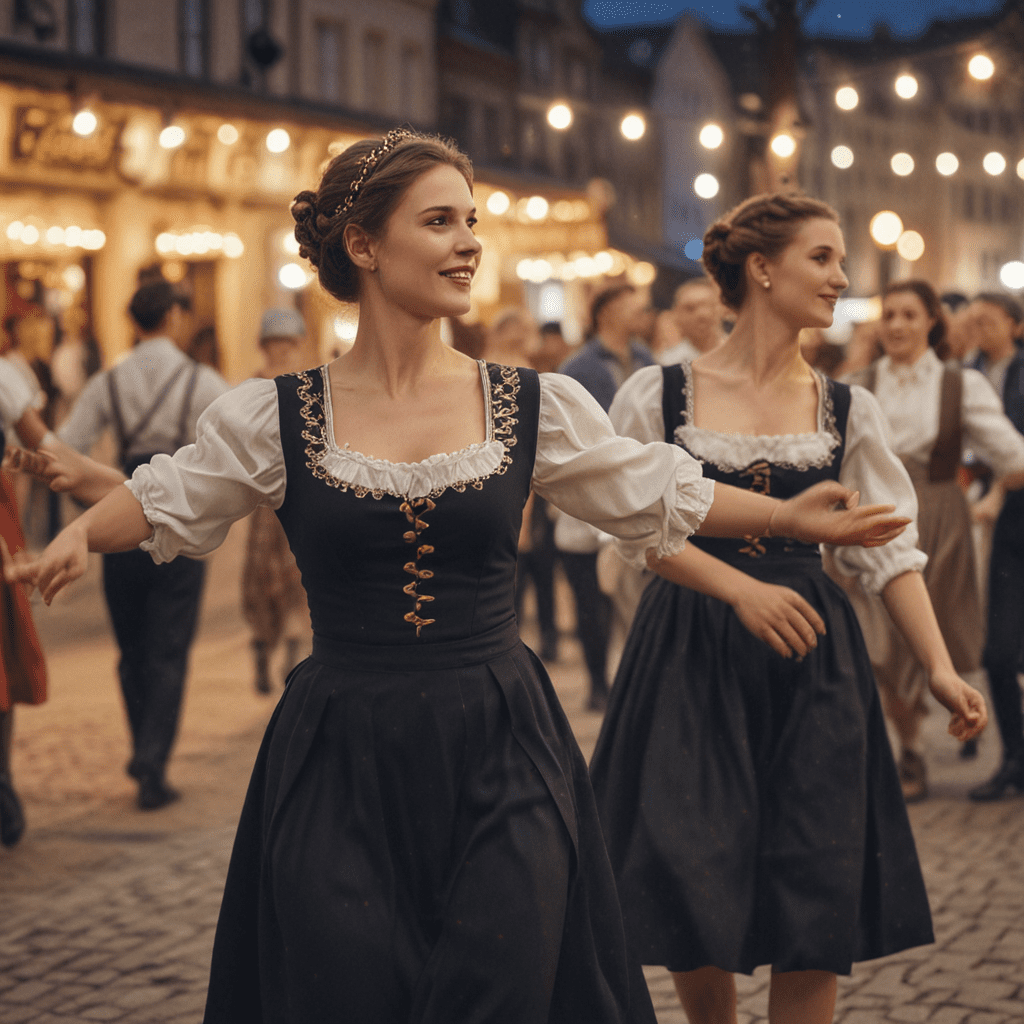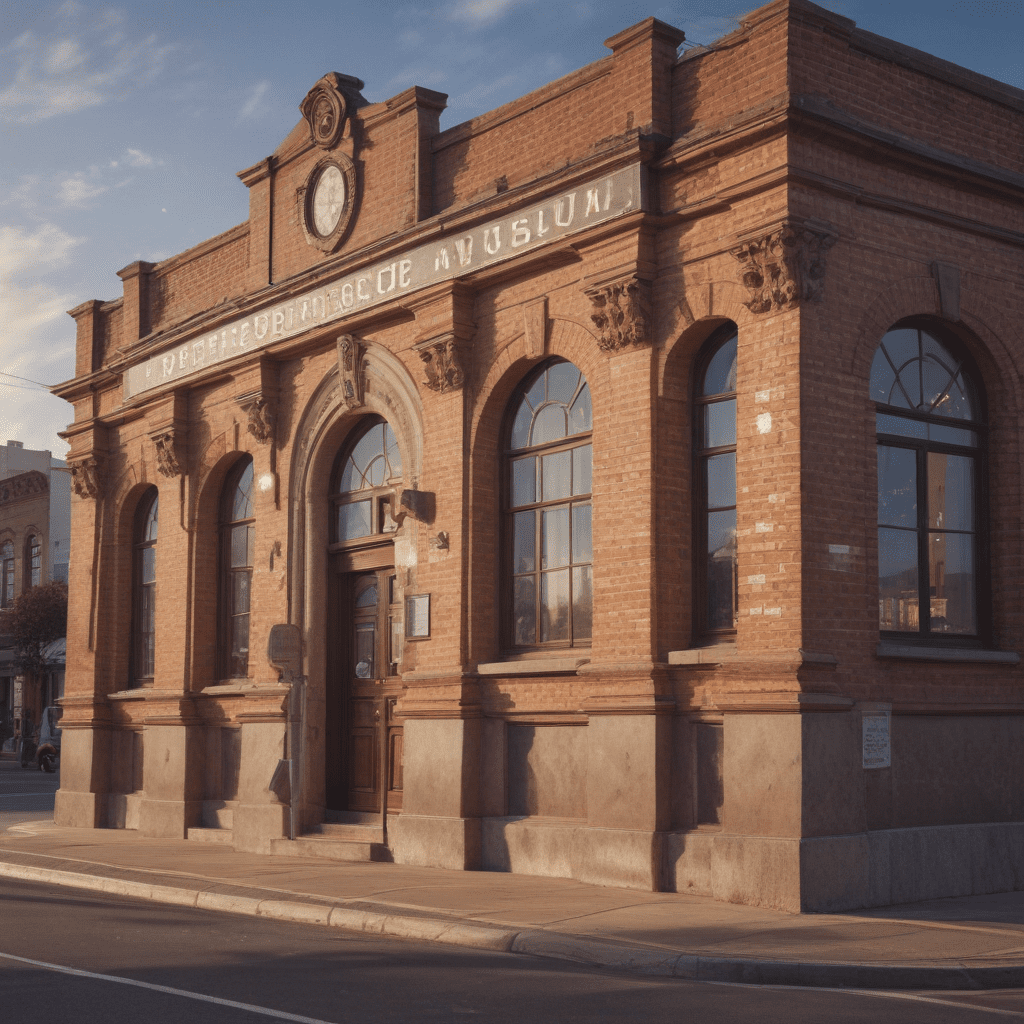
Discovering the Rich History of Antwerp
Antwerp, a vibrant port city in Belgium, boasts a captivating history that spans centuries. Its strategic location at the heart of Europe, coupled with its access to the North Sea, has positioned it as a major trading hub since the dawn of its existence. This rich and diverse past continues to shape Antwerp's identity, leaving behind a legacy of architectural treasures, cultural achievements, and economic prowess.
1. Early Beginnings: From Roman Settlement to Medieval Trading Port
Antwerp's roots can be traced back to a modest Roman settlement that gradually grew into a bustling port in the Middle Ages. Its location at the confluence of the River Scheldt and the North Sea proved to be its biggest asset, facilitating trade and attracting merchants from across Europe. By the 13th century, Antwerp had established itself as a significant commercial center, rivaling the likes of Venice and Bruges.
2. The Golden Age: Antwerp's Dazzling Renaissance
The 16th century marked the pinnacle of Antwerp's prosperity, often referred to as its Golden Age. This era witnessed a flourishing diamond trade, with Antwerp becoming the world's diamond cutting and polishing capital. The city's port bustled with activity, attracting ships from every corner of the globe. This economic success spurred a remarkable artistic and cultural renaissance, giving rise to prominent figures like the renowned painter Peter Paul Rubens and the master of Renaissance metalwork, Quentin Matsys.
3. The Spanish Fury and Its Aftermath: A City in Turmoil
In 1576, Antwerp's prosperity was brought to an abrupt halt by the devastating Spanish Fury, a period of intense violence and plunder by Spanish troops. This event marked a turning point in the city's fortunes, leading to a decline in its economic power and a shift in trade dominance towards Amsterdam.
4. The Habsburgs and the Flourishing of Baroque Art
Despite the setbacks caused by the Spanish Fury, Antwerp continued to evolve under the influence of the Habsburgs during the 17th and 18th centuries. This period witnessed a remarkable flourishing of Baroque art and architecture, evident in the magnificent Cathedral of Our Lady and the Rubens House. These architectural gems continue to stand as testaments to Antwerp's rich cultural heritage and artistic legacy.
6. Industrial Revolution and Modernization: Antwerp's Transformation into an Economic Powerhouse
The 19th century ushered in a new era for Antwerp with the arrival of the Industrial Revolution. The port witnessed significant expansion, fueled by the growth of heavy industries such as shipbuilding and steel production. This period also saw the rise of the railway, further connecting Antwerp to its European counterparts and solidifying its position as a major economic hub.
7. World Wars and Recovery: A City Tested by Conflict
Antwerp faced its share of challenges in the 20th century, particularly during the two World Wars. The city was occupied by German forces during both wars, suffering damage and loss of life. However, Antwerp demonstrated remarkable resilience, bouncing back with determination after each conflict. The post-war period saw reconstruction, economic revival, and a surge in cultural vibrancy.
8. Antwerp Today: A Vibrant City with a Modern Outlook
Today, Antwerp is a dynamic city, seamlessly blending its rich historical heritage with a contemporary outlook. Its port, one of the world's busiest, continues to play a vital role in the city's economy. Antwerp has also emerged as a cultural and artistic center, boasting a thriving fashion scene, renowned museums like MAS and Plantin-Moretus, and a lively music scene. The city's commitment to sustainability and innovation is evident in its numerous green spaces, eco-friendly initiatives, and vibrant start-up culture.
9. Frequently Asked Questions (FAQs)
What is the best time to visit Antwerp?
Antwerp is a year-round destination, offering different experiences depending on the season. Spring and autumn provide pleasant weather for exploring the city on foot or bike. Summer brings lively outdoor events and festivals, while winter offers a cozy atmosphere with festive Christmas markets.
What are some must-see attractions in Antwerp?
- The Grote Markt: Antwerp's main square, surrounded by historic guildhalls and the impressive Town Hall.
- The Cathedral of Our Lady: Home to Rubens's masterpieces and stunning Gothic architecture.
- The MAS: A modern museum showcasing Antwerp's history and cultural diversity.
- Plantin-Moretus Museum: A UNESCO World Heritage Site and the former printing house of the renowned Plantin Press.
- Rubens House: Explore the life and works of the Flemish master painter Peter Paul Rubens.
What are some things to do in Antwerp?
- Take a boat tour along the Scheldt River for a different perspective of the city.
- Visit the diamond district and learn about Antwerp's diamond trade.
- Explore the trendy Zuid district with its vintage shops, art galleries, and trendy bars.
- Enjoy live music at one of Antwerp's many cafes or concert venues.
- Indulge in delicious Belgian food and chocolate in traditional tavern-style restaurants.

